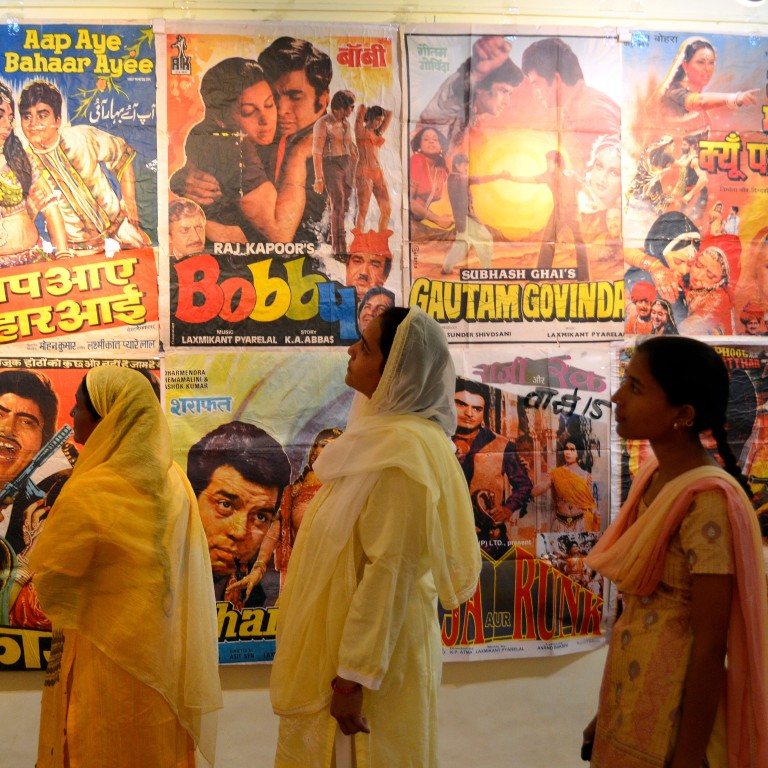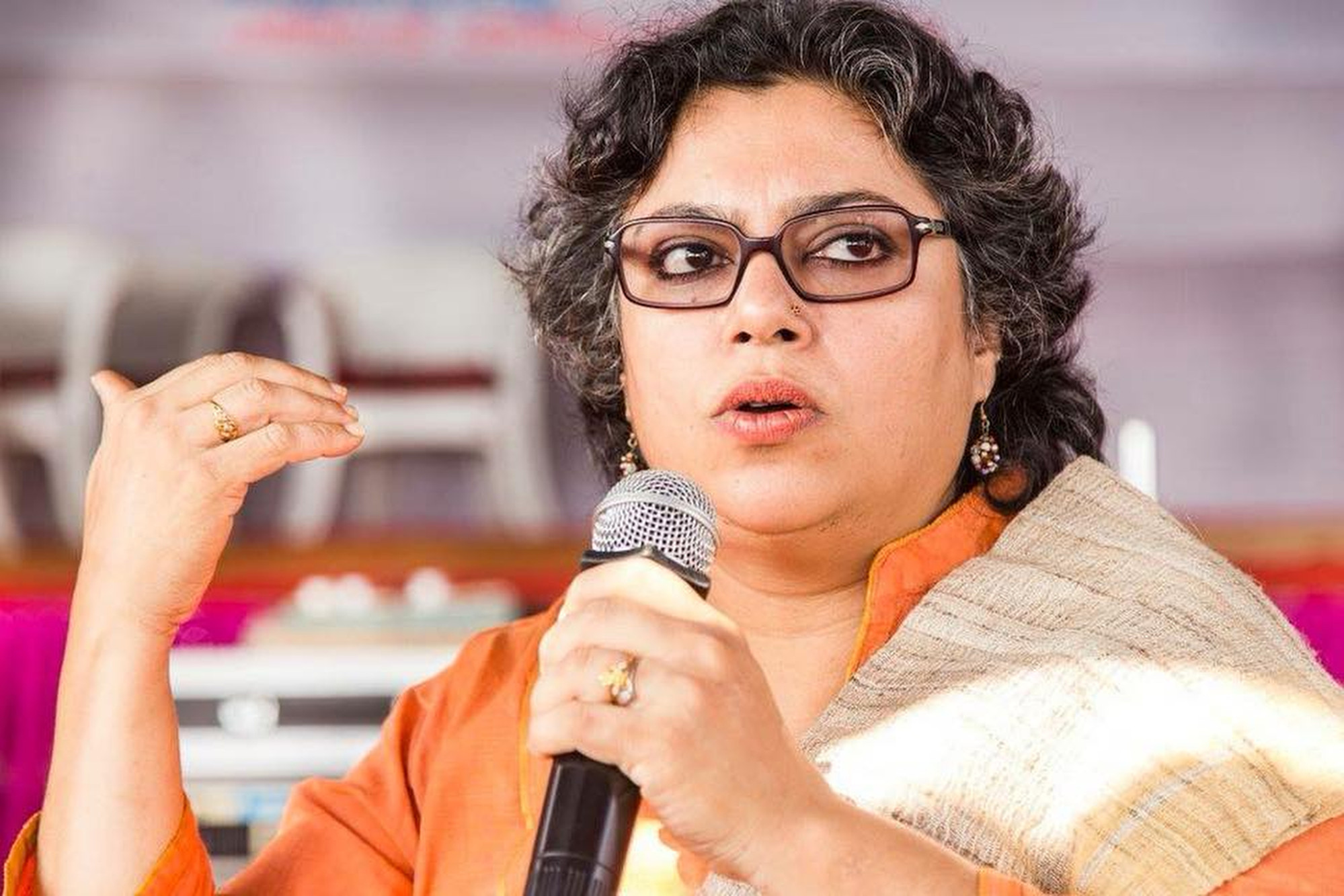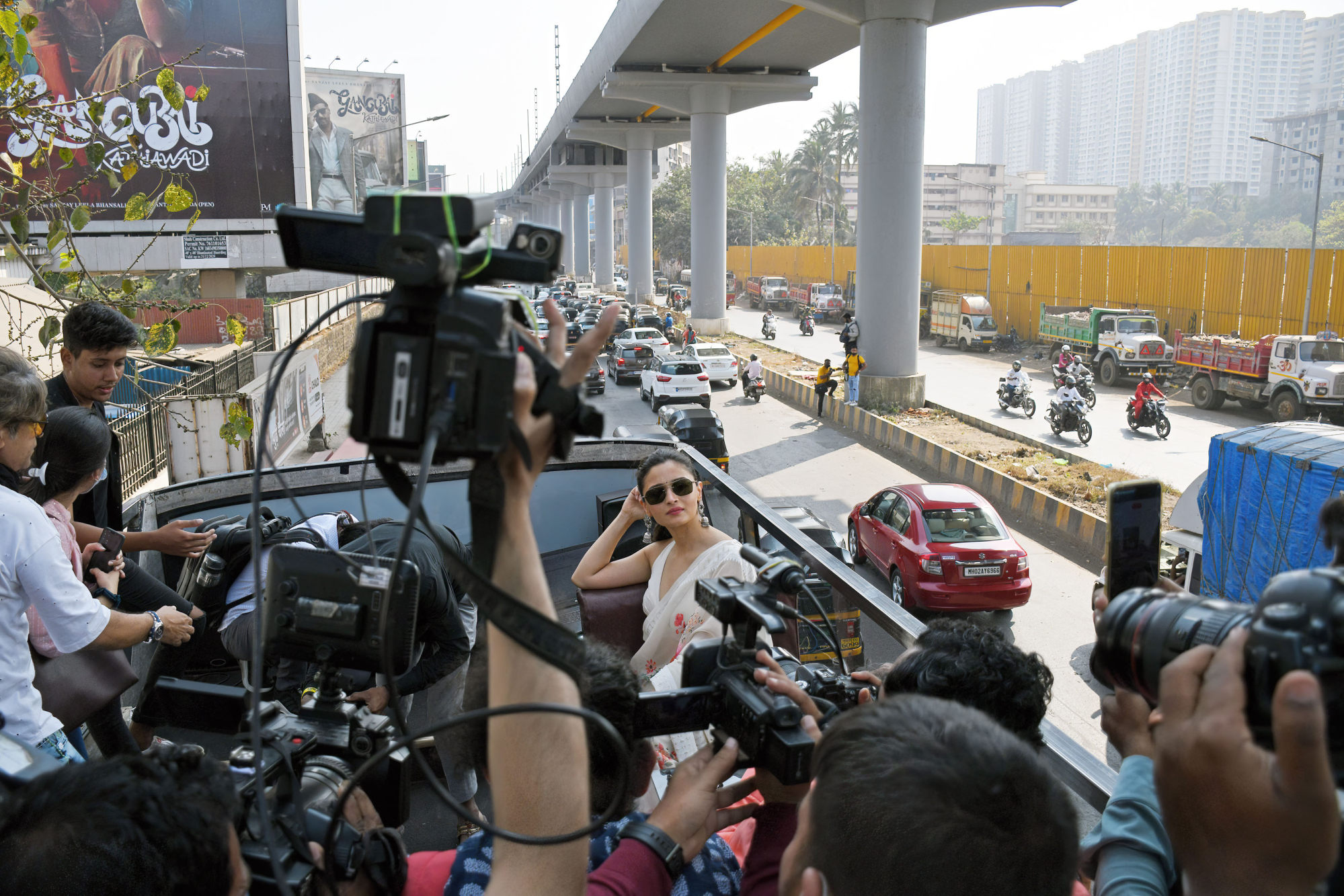
Women of Bollywood bypass ‘boys’ club’ trade unions in their fight for equal opportunities and better treatment
- The Indian film industry is controlled by men, and women working in Bollywood are paid less and have to cope with there being no bathrooms or childcare for them
- Now some of these women are speaking out and joining forces to campaign for better representation and working conditions
Female protagonists are often the biggest stars in Bollywood films, but behind the scenes, the Indian film industry is dominated by men. Tired of being sidelined, women are banding together to ensure their voices are heard – on set and off.
“We’d have at least 80 to 90 people on a set and only three or four of them were women,” says Petrina D’Rozario, a film producer.
“We’d bump into each other [and say] ‘Oh, my God, why can’t we get a toilet?’,” says D’Rozario, founder and president of Women in Film and Television Association, India, a non-profit advocacy group based in Mumbai, the heart of the country’s film industry.
Besides the dearth of bathrooms, she says female staff had to contend with a lack of childcare facilities, lower pay, and late-night shifts with no thought given to their personal safety – problems film industry trade unions have failed to resolve.

That has driven D’Rozario and other women working in India’s huge film industry to form their own groups outside the traditional trade union framework, to lobby on issues related to working conditions and gender-related inequality.
“In my mind, most of the film fraternity is a boys’ club,” says Fowzia Fathima, a cinematographer and founding member of the Indian Women Cinematographer Collective.
‘Have to tell your own story’: for Cambodian filmmaker, art imitates life
While her organisation – like D’Rozario’s – lacks the bargaining power of a traditional union, it provides a forum for women to find work, seek advice on cases of workplace sexual harassment and share professional tips and industry news.
“It’s a safe space to discuss specific concerns which practising women face. That is going to be needed until many things get discussed in the open,” says Fathima.
In India’s 2.1 trillion rupee (US$25 billion) film business, men outnumber women in Bollywood film crews by five to two, according to research by the Tata Institute of Social Sciences (TISS). In Hollywood, the ratio is similar, with about a third of key behind-the-scenes crew jobs occupied by women.
India’s film industry is the world’s most prolific, churning out around 2,000 films each year and employing actors, musicians, fight masters, pyrotechnicians, stunt performers, costume designers and dancers.
But women who work in Bollywood struggle to get hired, says Darshana Sreedhar Mini, an academic at the University of Wisconsin-Madison who studies labour organisation in the Indian film industry.
Sreedhar says part of the imbalance is linked to women’s unequal representation in unions, and the lack of women in leadership roles.
Many organisations have one or two women But the overall picture remains very bleak
Women only occupy about 10 per cent of senior management roles on set, a 2022 industry report by media consulting group Ormax Media and streaming platform Amazon Prime Video found.
“Many organisations have one or two women,” Sreedhar says, referring to female union representation. “But the overall picture remains very bleak.”
Union leaders are concerned about the issue of women’s underrepresentation in their ranks and the wider industry, says B.N. Tiwari, president of the Federation of Western India Cine Employees (FWICE), an umbrella organisation for 32 established industry unions.
“There’s a lot of women not taking union memberships, but there are lots of women working. They don’t earn as much so they don’t join the unions,” Tiwari says, adding that many film industry workers were on short-term contracts, and that there was discrimination in recruitment.
He says the absence of women in the industry trade unions is a “point of shame” for his organisation and vowed to raise the issue at the federation’s next meeting.
“We will work towards making the industry a better place for women to work,” he says.
They said … they never employed female make-up artists, because if they allowed women to work, all the actors would only choose women, and males would be deprived of a livelihood
Discrimination by male-dominated film industry staff unions was spotlighted in a 2014 Supreme Court ruling that ended a nearly six-decade informal ban on women being employed as make-up artists in the film industry.
Charu Khurana led legal proceedings against the Cine Costume Make-up Artists and Hairdressers Association, an industry union, which had informally decided that only men could work in the role, and obstructed her from working on sets.
“They said … they never employed female make-up artists, because if they allowed women to work, all the actors would only choose women, and males would be deprived of a livelihood,” says Khurana.
She recalls having to hide in actors’ trailers and give credits for her work to junior male make-up artists to prevent union action against her. Her own application to join the union was stonewalled for more than a decade.
Since the verdict, Khurana has worked on some of Bollywood’s biggest hits, and seen the number of women enrolled in the make-up artists’ union expand significantly.
Nearly a decade on, the industry’s gender pay gap is the most pressing concern, says Sreedhar.

She says female crew members continue to face a multitude of other challenges such as getting jobs and feeling unwelcome on set – particularly if they work in technical roles.
By connecting with other women’s organisations, D’Rozario says her group has been able to help women get scholarships, internships and networking opportunities.
“We went through so much fire: trying to raise funds, beg, borrow and steal to make events happen,” she says.
The pay-off, she adds, has been seeing female filmmakers blossom in the industry, though much still needs to change.
It is not just in Bollywood that Indian women are under-represented in trade unions.
Only 10.7 per cent of India’s more than 500 million-strong workforce are union members and women are half as likely to be enrolled as men, according to the International Labour Organisation’s 2018 India Wage Report.
